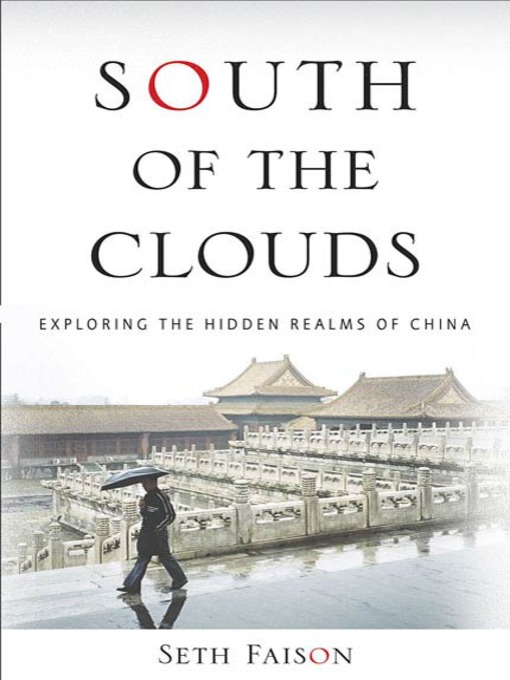
South of the Clouds
Exploring the Hidden Realms of China
کتاب های مرتبط
- اطلاعات
- نقد و بررسی
- دیدگاه کاربران
نقد و بررسی

September 6, 2004
In 1984, when Faison first went to China to study, the country was just recovering from the Cultural Revolution, and a "big nose" like Faison was quite the oddity. Still, Faison was sociable, chatting up everyone willing to talk. After a brief stint as a cub reporter at the Hong Kong Standard
, he was assigned to Beijing in 1988, in time to cover the crisis of Tiananmen Square in the spring of 1989. Having become a China expert of sorts, Faison came back to New York and, after covering the Golden Venture
sinking, returned to China in 1995 as the New York Times
's Shanghai bureau chief. While Faison tells the big stories with a journalist's economy—just enough background to refresh one's memory, coupled with an eye for telling details—it's the smaller, more personal stories that enthrall. When he describes his midnight forays to the sauna massage spas at his hotels, or his love affair with China's leading choreographer, a notorious transsexual, it's hard to stop reading—and it's not because he shares any prurient details. Readers will become very fond of Faison—his frank doubts about his masculinity, his willingness to wonder about his attraction to Chinese women and, yes, his longing for spiritual depth. An inspiring personal journey, an informative cultural exploration—Faison's memoir works on many levels. Photos. Agent, David Black.

October 1, 2004
Inquiring and adventuresome, first visiting China in 1984 and later as a correspondent for the New York Times in Shanghai, Faison shares his authentic look at this great country so unlike our own. Having witnessed early political unrest, well before Tiananmen Square, Faison notes how, at that time, most of the Communist leadership was baffled and hesitated before taking action against the protesters. Gay China is also explored--Faison presides over a gay wedding and has a passionate affair with a famous transgender dancer. He describes everything with candor, warmth, and compassion, the most striking example of which is his moving spiritual revelation about his visit to Tibet, where he feels he finally attains grounding. Faison is a rarity, a man unafraid to admit that he isn't macho and appreciates the gentler side of human interaction. This sensitivity helps him to fare wonderfully in China, where he befriends many and succeeds in winning their trust and confidence, as well as ours. All large libraries must purchase this outstanding memoir.--Susan G. Baird, Chicago
Copyright 2004 Library Journal, LLC Used with permission.

October 1, 2004
Faison spent 12 years in China, 5 (1995 to 2000) as the Shanghai bureau chief for the " New York Times." He tells of the carnage of student protestors at Tiananmen Square, the rise of the Falun Gong movement, and the illegal network that smuggles people into the U.S. In offering an intimate look at city residents and those who live in the countryside, he sees there are people "stumbling out of tiny wooden homes to empty their chamber pots at a communal toilet," children playing in the dirt, and old men sitting in straw chairs as they fan themselves and read newspapers. Faison describes Shanghai's gleaming new subway, a world-class museum, a grand opera house, discos, mobile phones, and computers, and he writes about the food--dog stew, braised sea slug, snake soup, and sauteed scorpion. With an eight-page color photo insert, the book captures in extraordinary detail the cultural heritage and values of the Chinese people.(Reprinted with permission of Booklist, copyright 2004, American Library Association.)

























دیدگاه کاربران